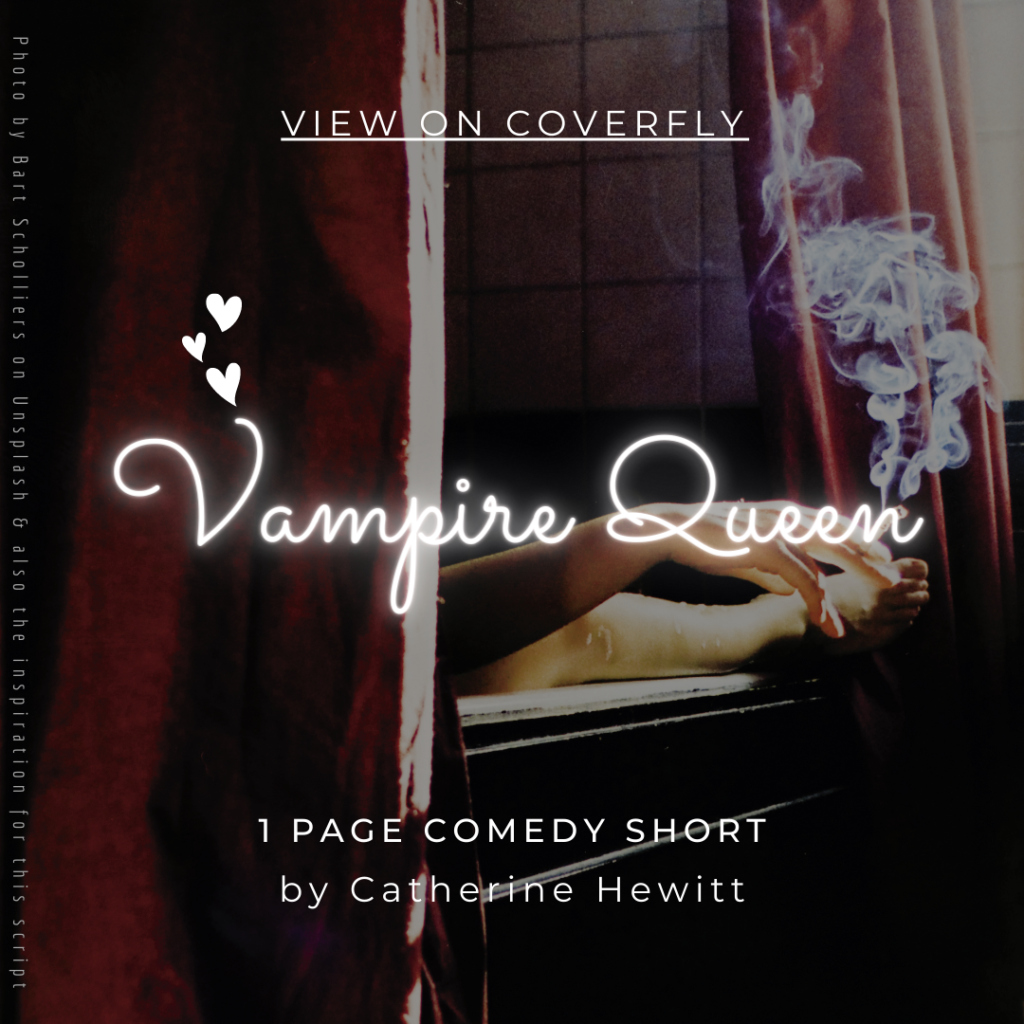Horror in Britain has never relied on spectacle. It lingers in the spaces between, in the quiet moments before the storm, in the way shadows stretch unnaturally against old walls. It has always been about something deeper—the unease, the knowing that something is just out of sight, waiting. Here are some of the chilling milestones in British horror history:
- Hammer Horror’s Bloody Takeover (1950s–1970s)
- Christopher Lee & Peter Cushing = the dynamic duo of nightmares.
- Hammer Films revived Gothic horror with technicolor blood and brooding monsters.
- “Dracula” (1958) and “The Curse of Frankenstein” (1957) set new standards for horror cinema.
- Folk Horror Haunts the Countryside (1970s)
- “The Wicker Man” (1973) creeps into our subconscious—pagan rituals, eerie masks, and an unforgettable ending.
- Rural terror, isolation, and ancient traditions make everyday landscapes feel deeply unsettling.
- The Video Nasty Era (1980s)
- The British Board of Film Classification (BBFC) cracked down on extreme horror.
- Banned titles like Hellraiser (1987) and The Company of Wolves (1984) sparked controversy and intrigue.
- Horror fans traded VHS tapes like illicit treasures (I imagine, I wasn’t old enough to watch them yet).
- Urban Nightmares & Psychological Terrors (2000s–Present)
- Danny Boyle’s “28 Days Later” (2002) redefined zombies—fast, feral, and terrifyingly real.
- The rise of gritty, psychological horror, with films like “Kill List” (2011) and The Beast Within (2024).
- Modern horror taps into social anxieties, making it feel eerily close to home.
Hammer Horror’s Reign (1950s–1970s)
There was a time when horror wore velvet and spoke in whispers. When monsters weren’t just creatures, but figures of tragedy—elegant, doomed things draped in capes and candlelight. Hammer Films understood that fear was as much about beauty as it was about blood. Christopher Lee’s Dracula was not a beast, but something worse—a man who had once known love and had lost it. Peter Cushing’s doctor never created monsters without paying a price. Their stories were about consequence, and horror was merely the aftereffect.
Folk Horror & Forgotten Rituals (1970s)
In the countryside, horror was different. It was old. It smelled of damp earth and sounded like whispers through the trees. The Wicker Man (1973) was not a film about terror—it was a film about inevitability. It understood that fear was not in the fire, but in the calm acceptance of it. British folk horror has always been that way. Less about the act, more about the silent agreement between victim and fate.
The Video Nasties & Forbidden Fear (1980s)
Horror was once hidden. Tucked away on shelves, passed between hands in secrecy. The British Board of Film Classification (BBFC) wanted silence, so horror screamed louder. The tapes became something more than films—they became legends, stories passed down about the things they contained. Hellraiser (1987) introduced audiences to a horror of a different kind—one born of pain and obsession, a world where suffering was an art form. The Company of Wolves (1984) played with fairy tale horror, twisting familiar stories into something darker, something deeply unsettling. People never intended horror to be safe; when they tried to make it so, it resisted.
Modern Horror & The Things That Linger (2000s–Present)
Now, horror is quieter. It doesn’t need creatures or legends—it just needs the truth. Danny Boyle’s 28 Days Later (2002) wasn’t about zombies; it was about loneliness, about society unraveling at the seams. The Beast Within (2024) showed that sometimes, horror is tied to bloodline, to inherited things that cannot be escaped. It took something familiar—the werewolf myth—and made it deeply personal, a story about identity, inheritance, and the fear of what lurks beneath the surface. British horror has always thrived in those spaces. It has never been about the obvious scare—it has always been about what stays with you after.
Horror in Britain does not chase. It does not demand screams or spectacle. It lingers, patiently, waiting to be remembered in the dark places, at night.
Horror and Fantasy Author – Also writing as K.T. McQueen. Love Western Horror, cowboy boots, my cactus Collin, & my Demon Cat.
Moths – I hate moths, the way they flutter at your face!




